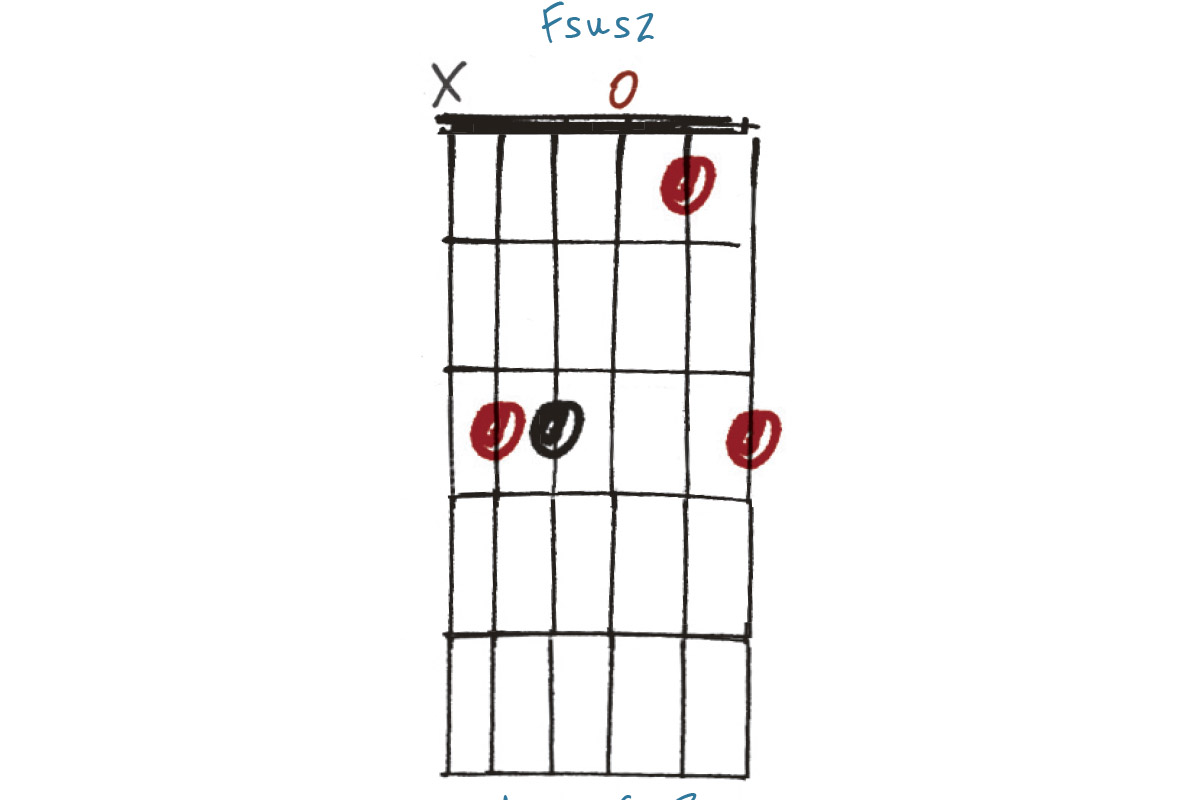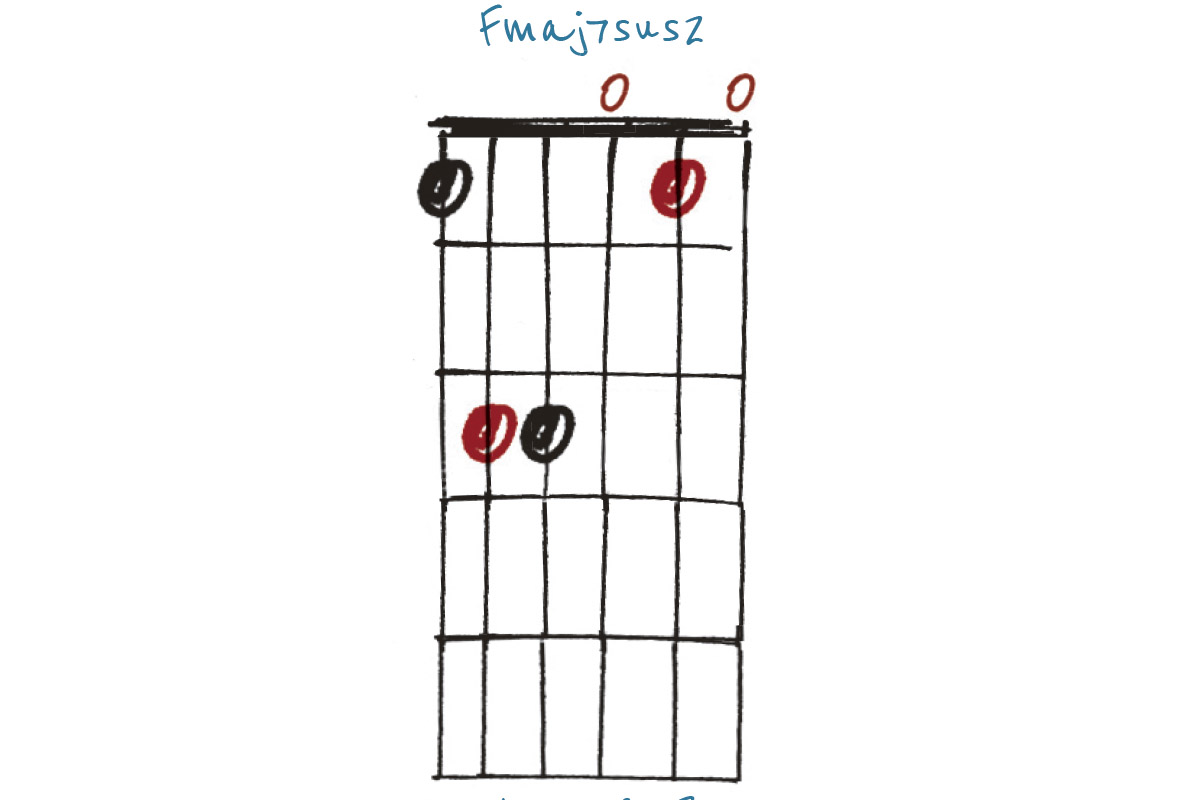
There’s absolutely nothing wrong with a good ‘straight up’ major or minor chord, particularly on acoustic guitar, but with a few little adjustments such as lifting a finger off or moving a note up or down a semitone, you’ll find that there are lots of other sounds available to you.
It’s true to say that a good song will often stand up on solo acoustic guitar, but that’s no reason for us to rest on our laurels. Players such as David Bowie, Pete Townshend, Joni Mitchell and Andy Summers have all created ideas that could be played with simple chords – but some depth and interest would be lost.
The five examples below are played in regular tuning and use a lot of open strings, but that isn’t necessarily an essential feature in this approach. Some of these variations are easy to play, while others require a few more fretting-hand gymnastics, but all of them are well worth your time.
Example 1. C

This C major chord is an easy way to shift the focus more on to the jangly high strings. The name doesn’t change, as the G we’ve added on the first string is part of the C triad (C-E-G) anyway. You could experiment by combining this with the more regular version that has the first string open (E). It also combines well with other chords that have a G on the first string.
Example 2. Fsus2

This Fsus2 has the G on the first string as suggested in Example 1. This is our sus2, which replaces the major 3rd (A) in this case. Combined with the open third string (also a G), we have the sus2 appearing in two octaves. This isn’t really by design, but it gives a nice alternative to a regular F major chord.
Example 3. Fmaj7sus2

This Fmaj7sus2 is another alternative to F major; it avoids the 1st fret barre, but it’s tricky in its own way. The root (F) at the 1st fret of the sixth string requires the fretting hand thumb or particularly nimble fingers. Neither will be comfortable at first, so keep an open mind. Our money is on the thumb…
Example 4. G6sus4

I’ve called this a G6sus4. It could also correctly be called a C/G chord, but the context I’m imagining it in is resolving to a G major by removing the E (6th) and C (sus4) on the fourth and second strings. The fifth string remains muted. Bowie’s John, I’m Only Dancing and the Eagles’ Take It Easy both feature this chord.
Example 5. Am/F#

Change the bass/root note of Am to an F# and you get Am/F#. You could also correctly call this F#m7b5, but the basic shape is so clearly an Am that it seems a bit silly not to go with the first option. Having said that, this resolves nicely to an Fmaj7 – or better still, the Fmaj7sus2 from Example 3!







